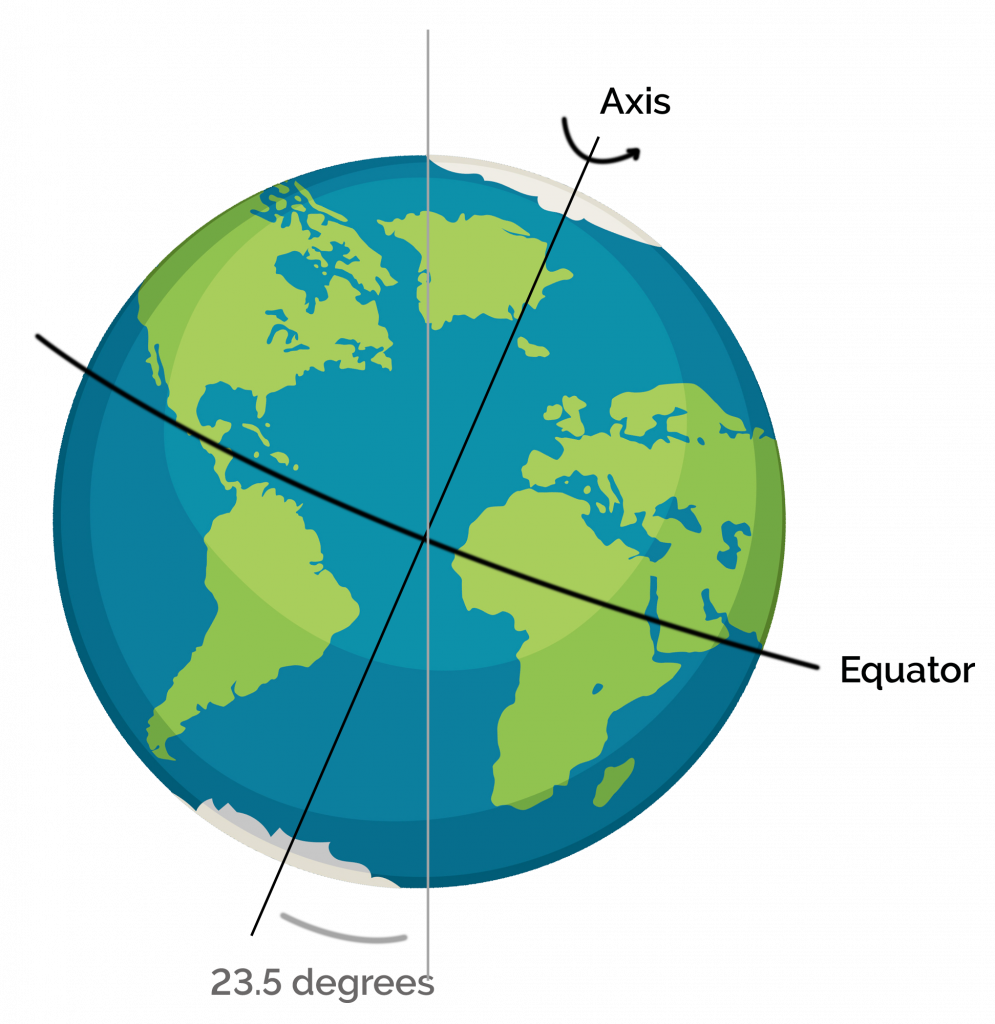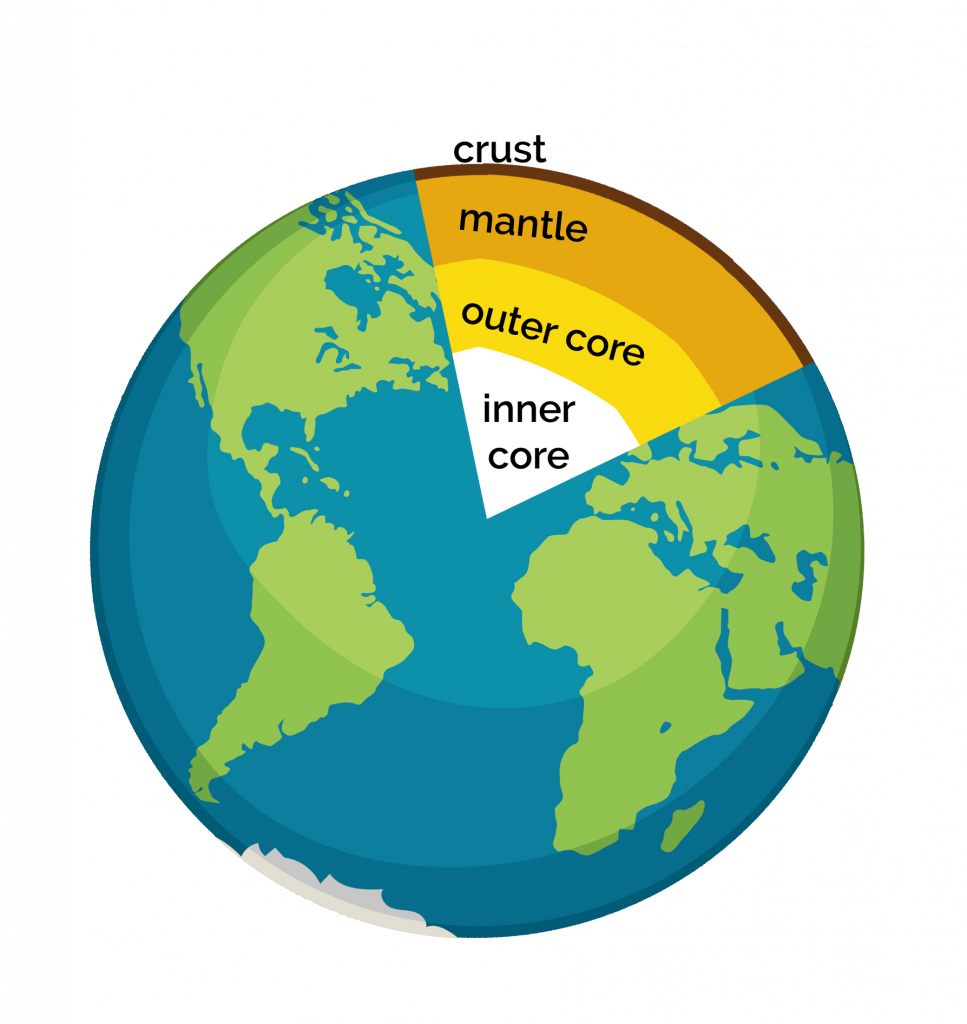When visiting schools and museums our Street Scientists often get asked a variety of questions from curious children. Here are the answers to some of our favourite questions!
This week, we’re focusing on questions around Earth Science and other planets.
If the Earth is the right distance away for it to be not too hot, not too cold, how come the north and south pole are cold?
– asked by a student from Blaydon West Primary School
As the Earth goes around the Sun it spins on its own axis. The equator is the closest bit to the sun during the day so it heats up, and stays relatively warm during the night as the atmosphere is good at retaining heat. The poles however are always the furthest part away from the Sun hence never warm up and are thus are the coldest parts of the Earth.
– Leo, Mechanical Engineering Student

How do we get seasons?
– asked by a student from Blaydon West Primary School
The Earth’s axis of rotation is tilted by 23.5 degrees and so some bits of the Earth’s surface are slightly closer to the Sun than the other bits. So in the Summer, the Northern Hemisphere is angled towards the Sun; in the Winter it is angled away from the Sun.
– Leo, Mechanical Engineering Student
What are the rings of a planet made of?
– asked by a student from Mortimer Primary School
There are rings around all of the planets known as gas giants; Saturn, Jupiter, Uranus and Neptune. These rings are made up of asteroid and ice particles. Only the rings around Saturn can be seen from Earth as they contain more ice which reflects the sunlight more. The rings around most of the gas giants (Jupiter, Uranus and Neptune) were formed from the impact of asteroids and meteorites which threw dust out into orbit. Whereas Saturn’s rings were formed by the impact of an icy moon causing a lot of bigger chunks of debris to be thrown into orbit. Although the debris is pushing away from the planet the gravity pulls this debris towards the planet enough to keep it in orbit.
– Jade, Earth Science student
How do you make a planet?
– asked by a student from Bede Burn Primary School
All matter was formed in a huge explosion called the Big Bang over 13 billion years ago. There are two main theories about the formation of planets, but they are both driven by a force called gravity which is the force that keeps us on the ground and causes objects to fall when dropped. Gravity causes the material formed in the big bang to come together forming asteroids and eventually planets. As these asteroids crash into each other they release a lot of heat that causes them to melt. This melting allows the heavier, denser elements to sink to the centre of the planet and the lighter elements rise further up. This separation forms the layers within the planets.
– Jade, Earth Science student

Have any more questions you’d like to ask our experts? Write them in the comments below!